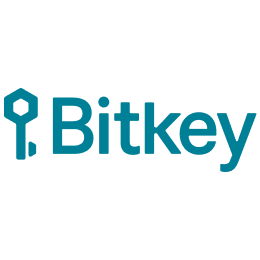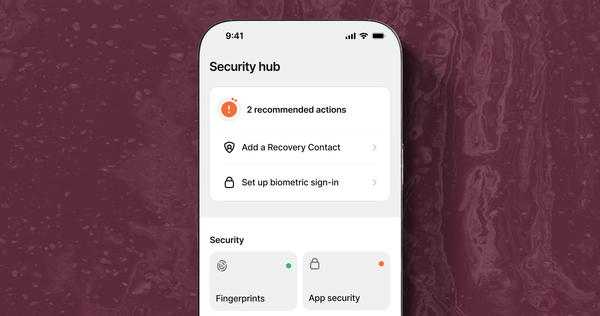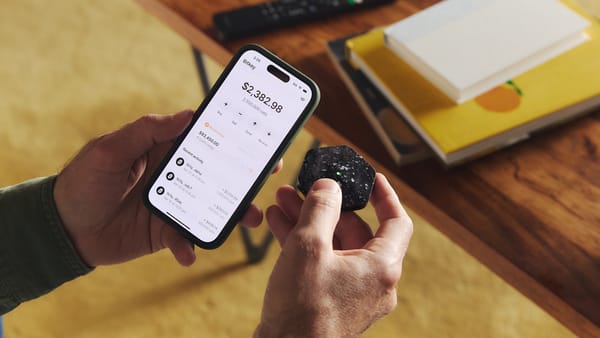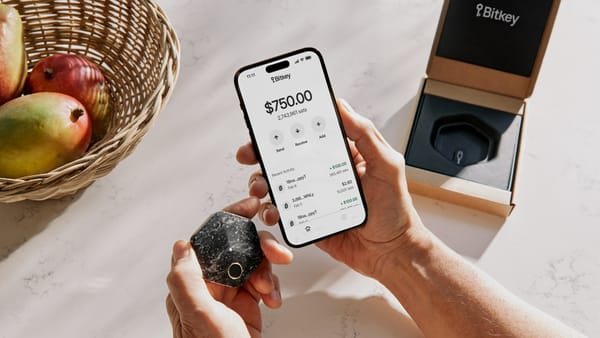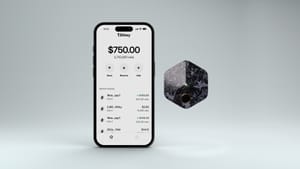Three routes to recovery are better than one high-value hide-a-key.
You know that spare key your neighbor has, hidden under the mat or a fake rock or in a combination lockbox, in case they get locked out of their home?
That’s basically what a seed phrase is: a high-value hide-a-key for your bitcoin.
A seed phrase makes it relatively easy for you to recover your wallet when something goes wrong with single-sig hardware, but it also makes it easy for anyone else to do that too. Anyone who even briefly sees your seed phrase could gain access to your wallet–just like anyone who gains access to your neighbor’s hide-a-key can waltz right in through the front door.
On their own, seed phrases represent a fundamental weakness of prevailing self custody models. They’re hard to manage, easy to lose, and attractive targets for even low-tech scammers.
That’s why Bitkey uses an entirely different recovery model: to make it easy to recover your funds when something goes wrong, and to help reduce the risk of loss associated with having to manage and secure seed phrases themselves.
Three routes to recovery are better than one
In single-sig models, one key controls everything. And when something goes wrong with your hardware–say, its little screen breaks, you lose it, or it’s stolen–that’s where your seed phrase comes in. It’s the one and only route to recovery, and it’s only as secure as the desk drawer or safe or secret hiding spot you keep it in. If you need it, and something happens to it, too bad. You’re out of luck.
Bitkey is fundamentally different. Multi-sig right out of the box means three distinct keys–none of which can move money on its own–secure your funds. You keep two keys (one in hardware and one in your phone) and Bitkey servers hold a third on your behalf. It takes two keys to move funds, which means no single point of failure. No seed phrase means no seed phrase to keep track of, and a higher technical bar to steal your funds compared to low-tech scams like seed phrase phishing.
The three key model also means three routes to recovery when something goes wrong.
If you lose or replace your phone, you can use your Bitkey hardware (fingerprint protected), together with the key on Bitkey’s server, to easily regain access to your wallet.
If you lose your hardware, you can use your phone, together with the key on Bitkey’s server, to set up new hardware (after a Delay and Notify period expires, during which Bitkey pushes alerts to your app to alert you of a recovery attempt).
If you lose access to both your hardware and your phone, you can regain it with a little help from one of your Trusted Contacts–people you know and trust who, through the magic of cryptography, can help you regain access to your wallet, but can’t access your wallet or any of the keys that secure it themselves.
And in the extreme and unlikely case that your Bitkey server key is no longer available–or you just want to exercise your own financial autonomy–you can independently move your funds with the two keys you control, without relying on Bitkey’s server key at all.
If Bitkey holds a key, is it still self custody?
At its core, self custody is the ability to hold and move your funds on your own, without a third party intermediary. With Bitkey, you can do that. And since it takes two keys to do anything, you can always use your two keys to move money without Bitkey servers, and Bitkey can never move money without your instructions. Bitkey’s three key model just also means you’re less likely to be at a total loss if and when something goes wrong.
The best part? The whole thing is about as easy to set up as an email address.
So, when we say, “there’s no seed phrase,” we mean there’s something different: a way to do self custody easily and securely, without worrying about losing everything over simple mistakes.
Want to learn more? Visit https://bitkey.world/.
